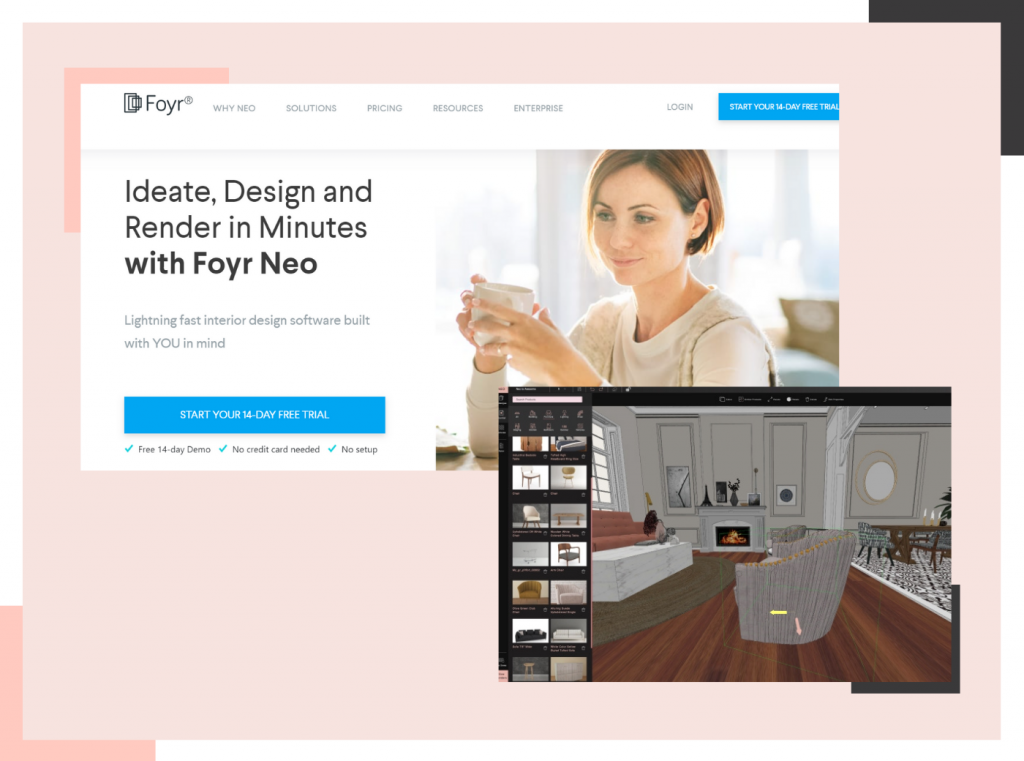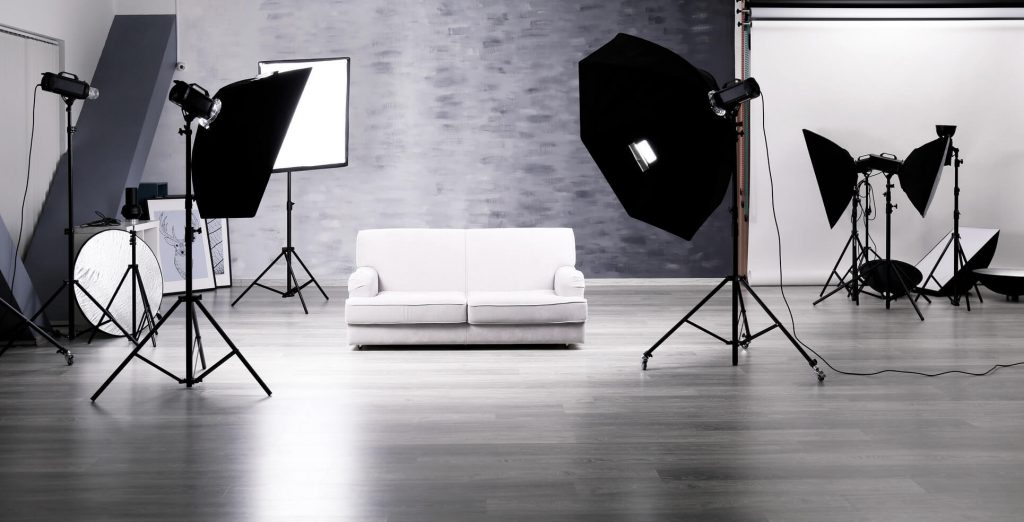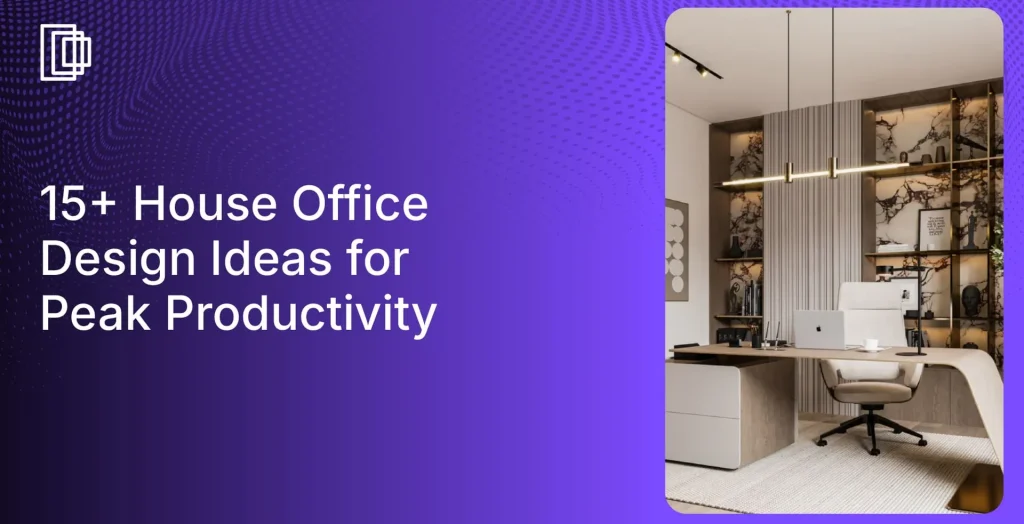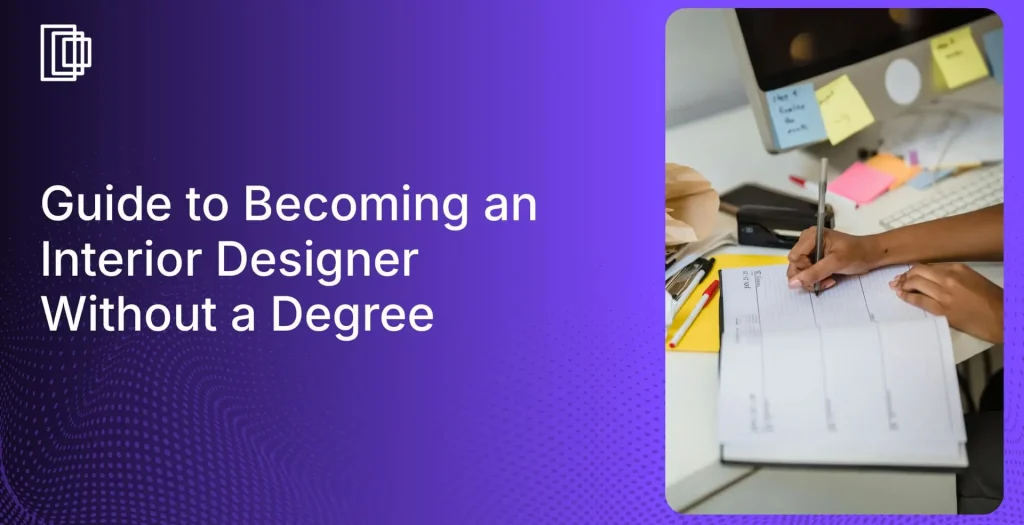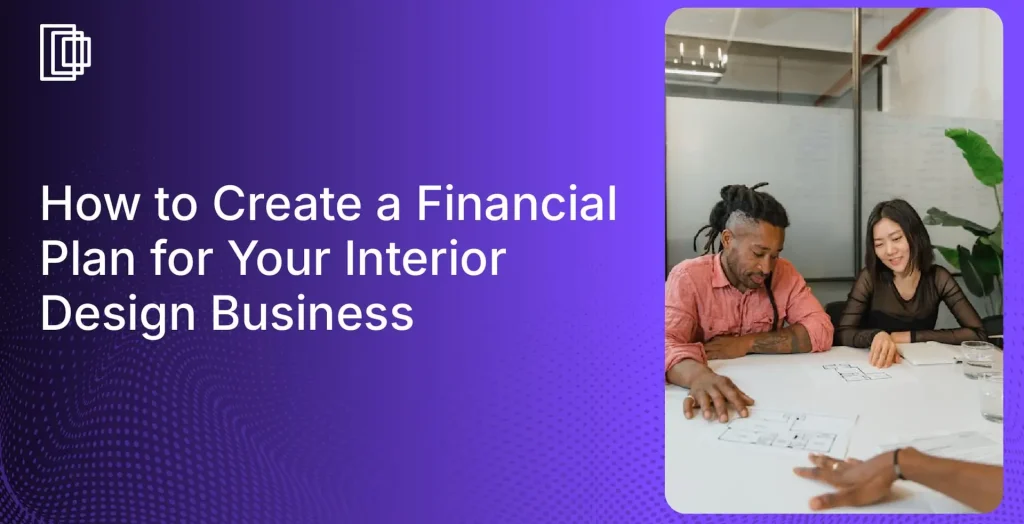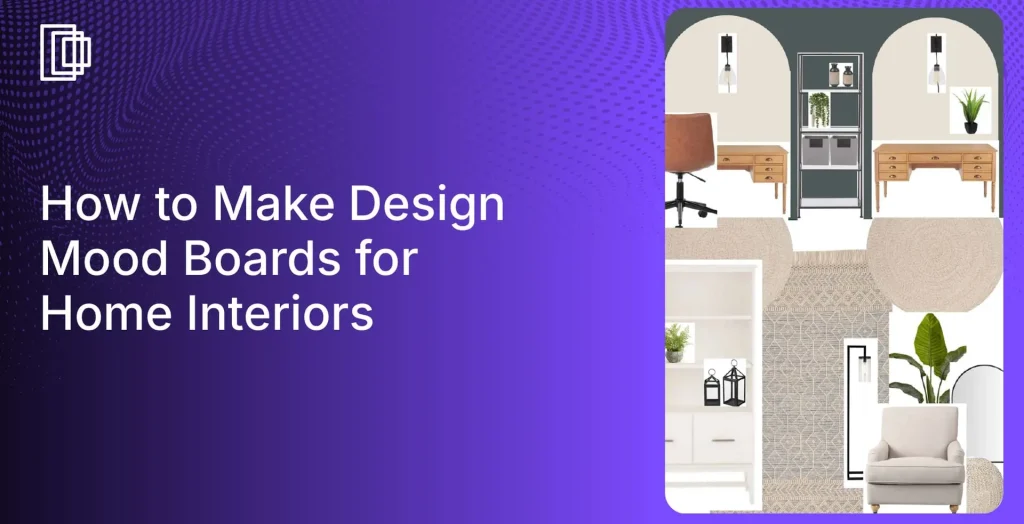Investment for Interior Design Business
While some disagree that a degree is necessary, some state laws require you to obtain a certification or business license that allows you to officially designate yourself an interior designer, rather than an interior decorator. It also pays to be associated with the American society of interior designers (ASID)
While there are defined road maps while starting your own business in any industry, there are a handful of quality investments you can make in good business ideas to get a head start. From hiring a team of talented professionals to making the correct contacts with reliable vendors and honing the brand identity, the path to success is riddled with difficulties.

Image Credit: pinterest.com
Especially in a competitive field like interior design, design experience need not translate to good business acumen, and starting can seem daunting. With the surplus of entrepreneurs, designers, and design ideas flooding the internet, you may help run an interior design firm even if you are a talented interior designer. We have compiled this article with a view of assisting you on everything from billing to client relations to supplement your talents.
There are many ways to advertise and launch your company. While unique marketing and sales strategies will put you ahead in the game, you will still need to invest time in researching your niche and market.
Though Interior design services are expensive they remain popular all around the world because it makes your living conditions functional and that much more aesthetic. They inject a new life into your habitats.
Read also – 23 Best Ways To Market Yourself As An Interior Designer
Considering The Benefits of Interior Design
Hiring an interior designer not only makes your space more functionally efficient and holistic but also takes the heavy burden of renovation off your shoulders. For example, communicating with the vendors is a huge part of any home remodel.
Similarly keeping the contractors on schedule and ensuring the entire project stays within budget can also get tricky. Homeowners are encouraged to hire a professional interior designer who can manage all these aspects of design and simply enjoy the benefits. A designer handles a project from start to end and saves the clients money, time, and energy.
1. Budget savings
When you are bringing your dream home to life it is possible to get carried away with the budget. Setting a realistic budget is essential for a successful project. A designer, with their expertise and knowledge of market rates, helps you work with the budget you have and also helps invest it in places and pieces of value.
At the same time, a collaboration with an interior designer will help you save a lot of money as it opens doors to exclusive discounts offered to professionals, better rates with shipping companies, and even wholesale rates on certain materials. Hiring an interior designer will help you save more money than you would have in a retail environment.
2. Optimizing your time
Depending on how large the design project is, it can take anywhere between a month to a year or two for completion. With such a variable time frame, it’s possible homeowners while handling a project on their own, get busy and lose track of time, money, and the entire progress of the project.
Overseeing a project means forgoing family holidays and weekends, a commitment not many non-professionals are equipped to handle. Hiring an interior designer lets you rest assured that your project is underway on scheduler with all things handled smoothly.
Read also – 12 Best Time Management Tips for Interior Designers
3. The Benefit of Allaison
Interior designers almost always work with sets of contractors and vendors who are reliable and whom they trust. This means by hiring an interior designer and by paying a small amount of design fee clients are guaranteed a team of talented workers who will see your project through, without loss of labor or money.
Homeowners need not need to worry about the kitchen countertop reaching the site on time or if the pick-up for the new roof has been scheduled.
Similarly, if the client already has a preferred architect or contractor whom they’d like to involve in the project, an interior designer can smooth the flow of communication between all. Considering everyone on the floor are professionals, communication becomes easy and efficient, keeping the project on track. No detail or information will be lost in translation.
4. Improved home value
Though a home with a fresh makeover is for the homeowners to enjoy, there is the added benefit that a professionally designed and decorated home with eye-catching home decor will fetch better rates should they ever wish to put their house on the market.
Image Credit: unsplash.com
According to Remodeling Magazine, you’d reap the maximum profits of replacing and upgrading the garage door! Who would have thought? Concepts like “curb appeal” are major factors in ROI and an interior designer will know the real estate market and the comparable upgrades of the neighborhood well enough to guide clients here.
Areas To Invest For Interior Design Business:
So as an interior designer looking to catapult their new business far and wide, there are certain areas one must focus on while investing and also have a sound business plan. The following quality investments made on the front end will put the firm on the right track for growth.
1. Software and Tools
Investing in quality software makes the most sense as a start-up. From tailor-make bookkeeping and accounting software to highly functional modeling and rendering software, these are the most basic tools of the trade.
Generic software and free versions may get the job done, but they won’t be enough to impress an ideal client or investor to back you up. For instance, project management software that is unique to interior design will provide features like order tracking, commission recovery, image libraries, etc.
Read also – 15 Best Interior Design Software
2. Professional photography
The portfolio of an interior designer starts with photographs of past projects It’s proof of a job completed and can be used to showcase the style, personal signature, and range of the designer to a larger audience through various social media platforms.
Hence making sure salient stages of a project, or at least the beginning and end, are professionally photographed is of chief importance. Make sure the style of the photographer resonates with that of the designer for extra pizazz.
Image Credit: zarias.com
3. Branding
Scrimping on branding is probably the worst thing you can do for your firm. As a fresher in the industry, an interior designer’s portfolio understandably may not be extensive.
Hence is crucial that no compromises are made on branding since it’s the single most thing that will communicate your style and sentiments to would-be clients. The brand will be the image you portray to the world of your firm and hiring a professional if possible is an excellent tactic.
Read also – Guide To Building A Strong Interior Design Brand
Image Credit: turbologo.com
4. Web design
Another foundation of your small business will be your website design. In this day and age, a website presence is what a client will look for first. Think of it as the face of your company and with the stunning project photographs and branding in place all you need is a solid website design to propel you into the limelight.
Image Credit: rsgdevelopers.com
5. Marketing
Speaking of online presence, social media is deciding factor in if the client finds a designer or firm trustworthy and trendy. Now that you are ticking the boxes one by one, you can start announcing your arrival on popular platforms by hiring a media marketing manager who will set you up with some proven marketing strategies.
While this may seem excessive and something you think you may be able to handle as the designer, consistency is the key here to drive in potential clients. But if you think posting pictures or some design tips online regularly will be an added burden while you struggle to catch your breath as you run around for material selection, we suggest you at least hire an intern to stay on top of it.
Image Credit: hashslider.com
6. Outsourcing technical drawings
3D renders of a room design are necessary if you want to look professional and refined.
It not only wows the new clients but offers them an insight into your mind and designs before any paint is put to the wall, thus avoiding any unpleasant disagreement after the execution of ideas.
Now, technical drawings may not do much to impress the clients, but it’s an absolute must for an uninterrupted flow of work on site. If you can produce them yourself, outsourcing them can level up your work precision and efficacy.
7. Insurance
Interior designers must buy multiple types of insurances that they can then bundle into a Business Owner’s Policy for comprehensive protection that doesn’t break the bank. Take for instance professional liability coverage, business income insurance, and worker’s compensation. By combining insurance, designers can save money.
Image Credit: constructionexec.com
8. Get a unique name and logo
Make sure your business name and logo reflect your brand identity and specialities. For example, if your firm specializes in green building techniques, your firm’s name and logo should promote the same to your clients. Your brand philosophy should also be evident from the business card design. Some designers prefer to turn their own name into a brand.
Read also – How To Name Your Interior Design Business?
Image Credit: tweakyourbiz.com
Top 10 Investment Tips for Interior Designers:
1. Cash flow
Managing your cash flow is important for a successful decorator business. This means that the balance between the payment and earnings received should be enough to meet the outflow of cash or payments you need to make as a company and still have enough to make a profit for the firm.
The income has to be enough to cover expenses such as employee salaries, benefits, rent for the office space, company expenses, etc. as an interior designer, you should not just be able to draw a salary for the time and energy put in but also reap extra profits.
2. Bookkeeping
Bookkeeping is an essential part of any legitimate business enterprise. Ensuring you employ a capable bookkeeper with specific knowledge of the interior design industry is vital as the business involves moving parts that are complex and varied from normal businesses.
Forming an alliance with a trusted freelance CPA or accountant over a big established finance firm can help you save on fees, and you can devote your time and energy entirely to the creative and management process.
3. Set up a business account
Once you decide to hire a bookkeeper and CPA, it becomes imperative you set up a business account with a suitable bank. This means it will be easier for your accounts department to handle the cash flow, day to day and invoicing and other transactions without your dealings cluttering up the ledger. A business account leads to a clear and professional financial statement of the firm.
Read also – How To Set Up Trade Accounts for Interior Designers?
4. Accounting software
You can complement and aid your accounts section by investing in smart accounting software that is tailor-made for interior design businesses, like QuickBooks to help with tracking, invoices, and recording.
This can fast-track your dealings and help you run the business smoothly with immaculate records. This also is a good idea to make your life easier if you don’t have the budget to hire a bookkeeper.
Read also – 10 Essential Tools for Interior Designers
5. Corporate credit card
To reap the perks offered by banks to businesses, it’s a great idea to apply for a corporate credit card. Making purchases using credit cards lets you let the cash roll in before you have to make payments and that way you don’t have to dip into the company funds.
6. Credit lines
An even better way to save money and do smart business is to apply for a line of credit with a bank that operates on much lower rates of interest than that of credit cards. Credit lines can be taken advantage of when you need an urgent influx of cash and repaid, unlike business loans that need to be paid monthly.
7. Keep record of business expenses
Keeping a clean and detailed record of every invoice, sale, and the purchase will help you make use of tax rebates on suitable business expenses like payrolls, business travels and meals, loans, software license fees, etc. It also lets you keep a tab on reimbursable expenses made for the client that you can gain back.
8. Cash reserves
For being approved a line of credit or loans, the bank must find you dependable and trustworthy. A simple way to do this is to keep some cash reserves in the bank at all times to cover keep savings in the bank. Industry experts recommend a savings of 3 months minimum to cover expenses in case of a sudden cash crunch or during dry spells in profits.
9. Financial forecast
Record and follow a financial forecast, which means keeping a keen eye on the overall financial health of your firm. This will help you track the growth of your company and lets you make the necessary changes using balance sheets, a cash flow statement, a profit margin analysis, a pricing strategy, and the cost of goods sold.
For example, if your financial statements point to a higher profit margin in spring you may want to invest more resources for work during that period. It also can help you correct what may be going wrong in the other seasons, and pick up more business. A computed financial statement is also impressive to potential investors you may want to attract.
Read also – 15 Tips To Raise Funds for Interior Design Business
10. Resources
Speaking of investments, once you find a suitable investor or make enough profit to splurge on building a talented group of support systems. Invest in areas that need improvements or that are bleeding resources more than necessary.
For example, if you have junior designers who spend a majority of their time perfecting interior design renders post the designing stage, it makes much more sense to outsource the rendering process so that the designers may put their talents to use in newer projects and potential future client pitches, design proposals, etc.
Similarly, once your firm has a regular flow of projects, hiring a dependable project manager can help fast-track your projects, and keep a keen eye on on-site work to make sure nothing falls through the cracks. Making smart investments will help support growth.
Conclusion
Finally, as you begin to invest effectively in your firm to effectively grow your business now, know that there is a whole community at FoyrNeo where you not only get access to blogs, courses that help interior designers scale their business waiting to for you sign up to offer aid.
You also get to interact with other industry professionals with whom you can share valuable notes and help. You get to gather informative scoops on finance, pricing and business strategies, taxes and much more. What stopping you from signing up today?




